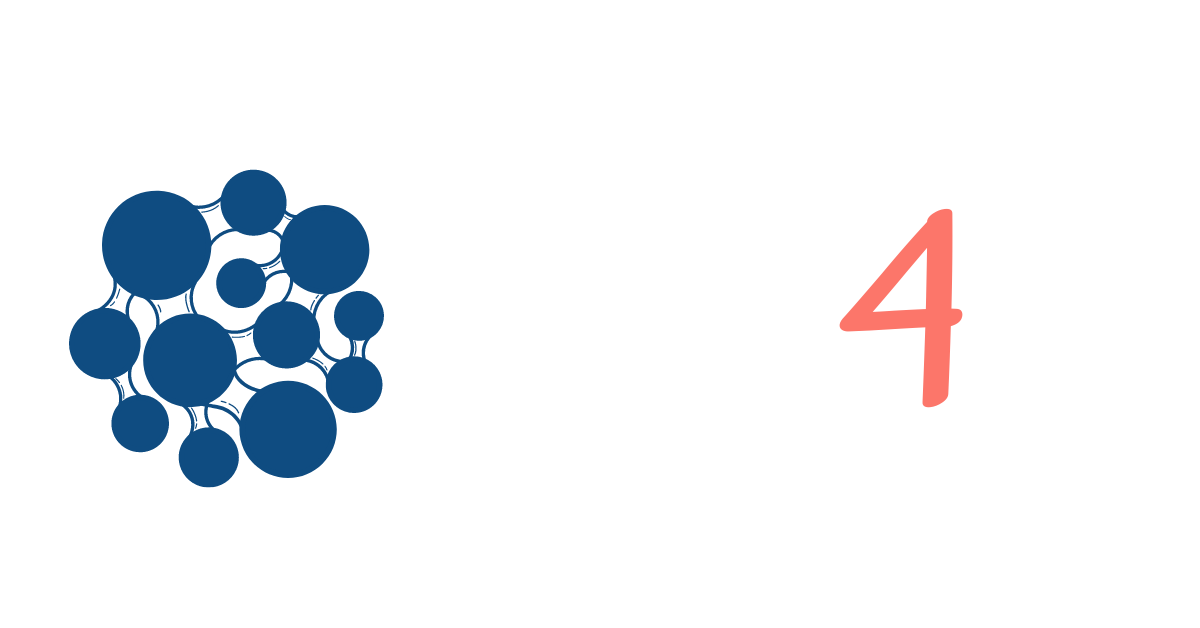Visible-Light Active Sulfur-Doped Titania Nanoparticles Immobilized on a Silica Matrix: Synthesis, Characterization and Photocatalytic Degradation of Pollutants
Publication category: Article
Publication date: September 28, 2021
Authors: Theodora Kalampaliki, Sofia P. Makri, Evanthia Papadaki, Alexios Grigoropoulos, Alexandros Zoikis Karathanasis and Ioanna Deligkiozi
Abstract: The photocatalytic oxidation (PCO) of pollutants using TiO2-based materials can significantly improve indoor air quality (IAQ), which in turn, has a significant impact on human health and life expectancy. TiO2-based nanoparticles (NPs) are widely used as part of building materials to function as photocatalysts in PCO. In this work, a series of sulfur-doped TiO2 NPs immobilized on a silica matrix were synthesized by combining a sol-gel process with ball milling. The samples were structurally characterized by X-ray diffraction (XRD), UV-Vis diffuse reflectance spectroscopy (DRS), Fourier-transform infrared spectroscopy (FT-IR) and N2 adsorption-desorption isotherms. Furthermore, the morphological characteristics were determined by dynamic light scattering (DLS), scanning electron microscopy (SEM) and transmission electron microscopy (TEM). The photocatalytic activity of the as prepared S-doped TiO2/SiO2 NPs in the degradation of liquid and air pollutants under visible-light irradiation was investigated. Our results show that sulfur is an effective dopant for activating TiO2/SiO2 photocatalysts under visible-light irradiation. Silica constitutes a “safe-by-design” approach and inhibits the aggregation of NPs during synthesis. The most efficient photocatalyst afforded 79% removal of methyl orange (5 h), 26% removal of acetaldehyde (1 h) and 12% oxidation of NO (1 h).
